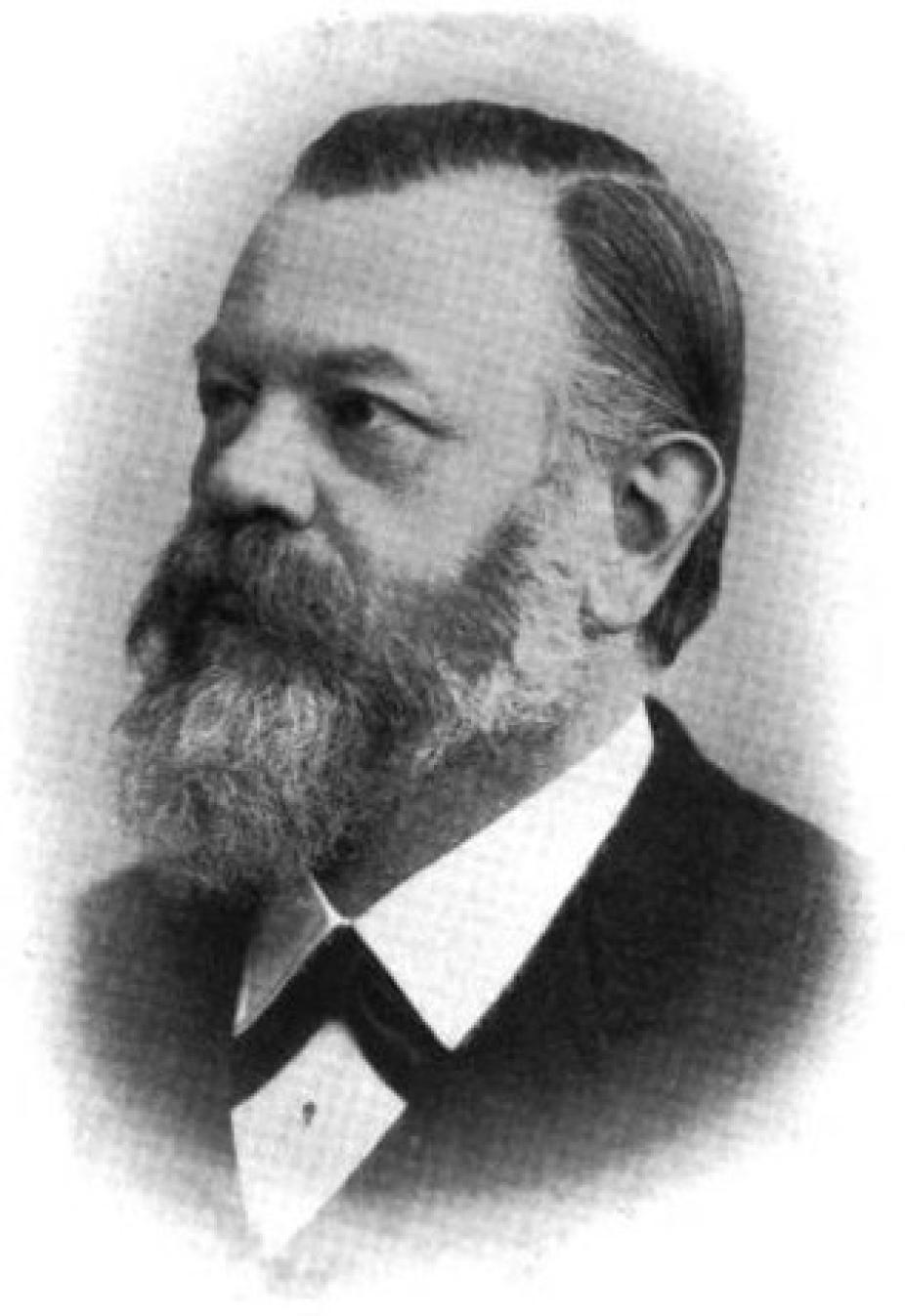Hermann Carl Vogel (1841–1907)
Hermann Carl Vogel was born in Leipzig on April 3, 1841. He first studied at the Polytechnical school in Dresden, and then returned to Leipzig to study natural sciences at the University, where he became assistant at the Observatory.

Portrait of Hermann Carl Vogel.
Wikipedia
Increasingly interested in astronomy, he became director of the Bothkamp Observatory (near Kiel) in 1870 and joined the Potsdam Astrophysical Observatory (near Berlin) in 1879, of which he became director in 1882, a position he held until his death on August 13, 1907. In the course of his career he was elected to most of the largest scientific academies and societies of Europe and America.
Vogel was a pioneer in the use of astronomical spectroscopy and photography. He measured the solar rotation and showed that the solar photosphere shared the rotational motion inferred from sunspots observations. He also carried out some of the first spectroscopic studies of other planets in the solar system. Making use of photography in spectroscopic studies, he was among the first astronomers to measure the radial velocities of bright stars, and to attempt the classification of stars on the basis of their spectra. His spectrophotographic studies of the stars Algol and Spica led him to the discovery of spectroscopic binaries, double-star systems that are too close for the individual stars to be seen by a telescope, and allowed him to estimate some of their orbital parameters of these binary systems.
Bibliography
Abbott, D. (ed.) 1984, The Biographical Dictionary of Scientists: Astronomers, London: Blond Educational.
Herrmann, D.B. 1973, Geschichte der Astronomie von Herschel bis Hertzsprung (trans. K. Krisciunas, The History of Astronomy from Herschel to Hertzspring, Cambridge University Press, 1984).